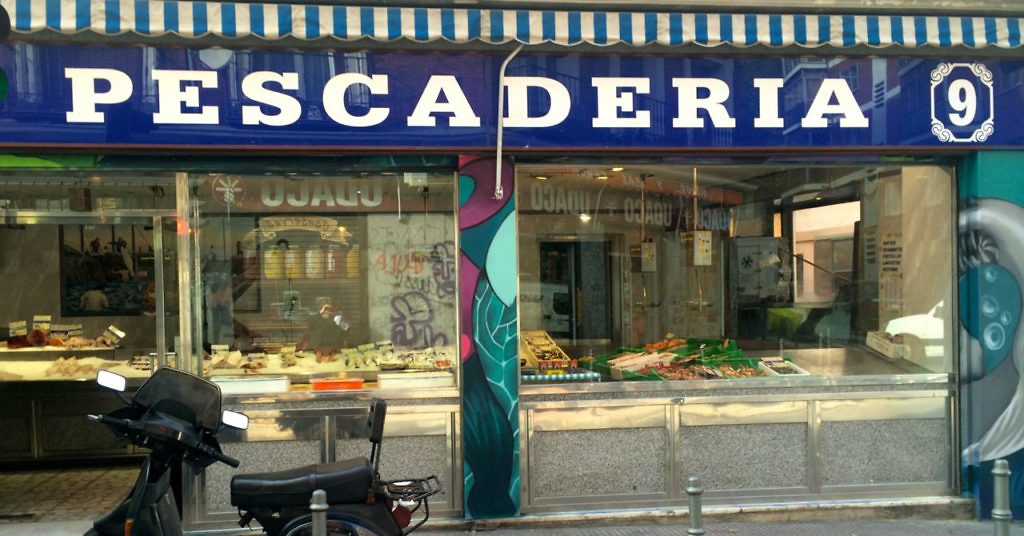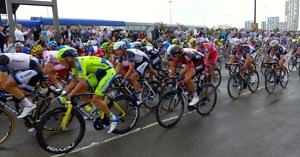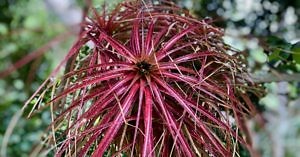When things fall apart
One of the things that struck me at this year’s ESMO conference was the sheer variety and richness of the data across multiple treatment modalities, tumour types and even new products coming through the pipeline to vie with established products for time and attention.
 It’s also interesting to see what kind of questions readers have – it’s time for another mailbag session where we take reader questions and attempt to put some colour and context on the answers, as well as offer some predictions in some cases.
It’s also interesting to see what kind of questions readers have – it’s time for another mailbag session where we take reader questions and attempt to put some colour and context on the answers, as well as offer some predictions in some cases.
The current crop spanned a wide range of topics and issues from TKIs and DDR agents to immunotherapy, and not just checkpoint blockade either! People specifically wanted to know about various targets and different modalities, including cell therapies.
So what’s on offer in the candy store today and were they substantial in nature or should we dismiss them as weak sugar pills?
BSB subscribers can read up on our latest discussion and analysis from the ESMO conference – you can log-in or click to access our latest analysis.
This content is restricted to subscribers




 A conference can be like watching the Tour de France (TdF) which ends this weekend. If you’re standing on the route, you wait a long time for it to come along and then the peloton passes by in a flash. We experienced this in London back in 2014, where there was only a brief moment of time to capture the memory.
A conference can be like watching the Tour de France (TdF) which ends this weekend. If you’re standing on the route, you wait a long time for it to come along and then the peloton passes by in a flash. We experienced this in London back in 2014, where there was only a brief moment of time to capture the memory.


